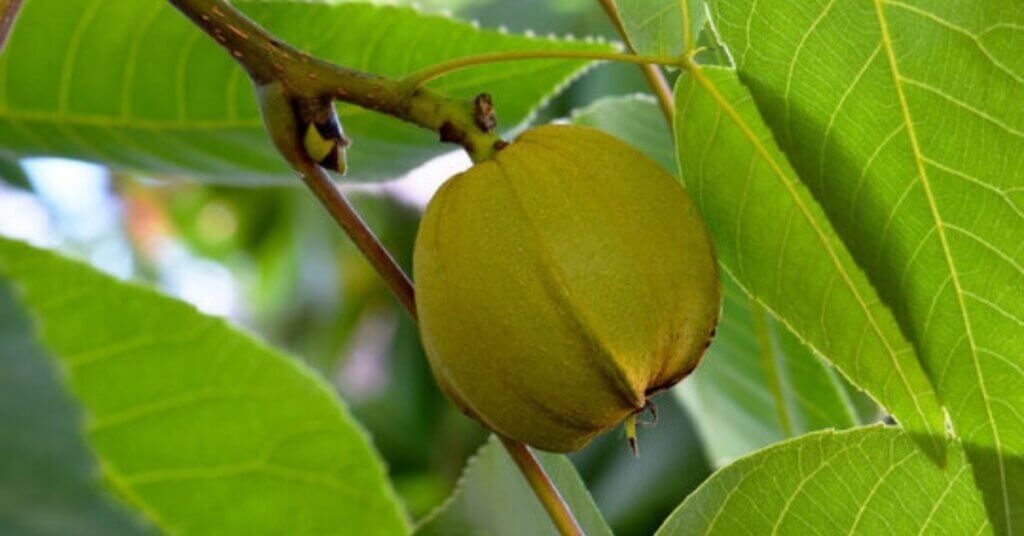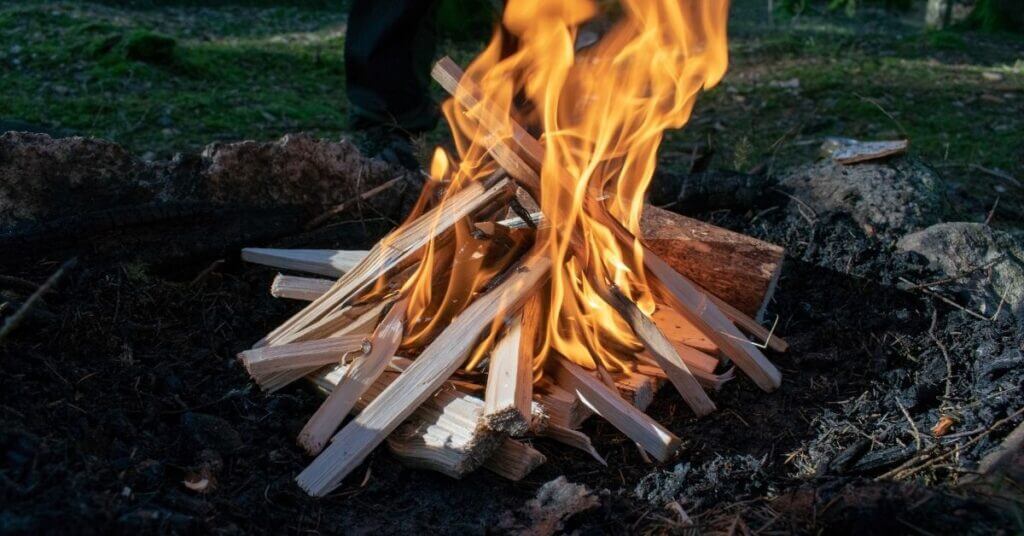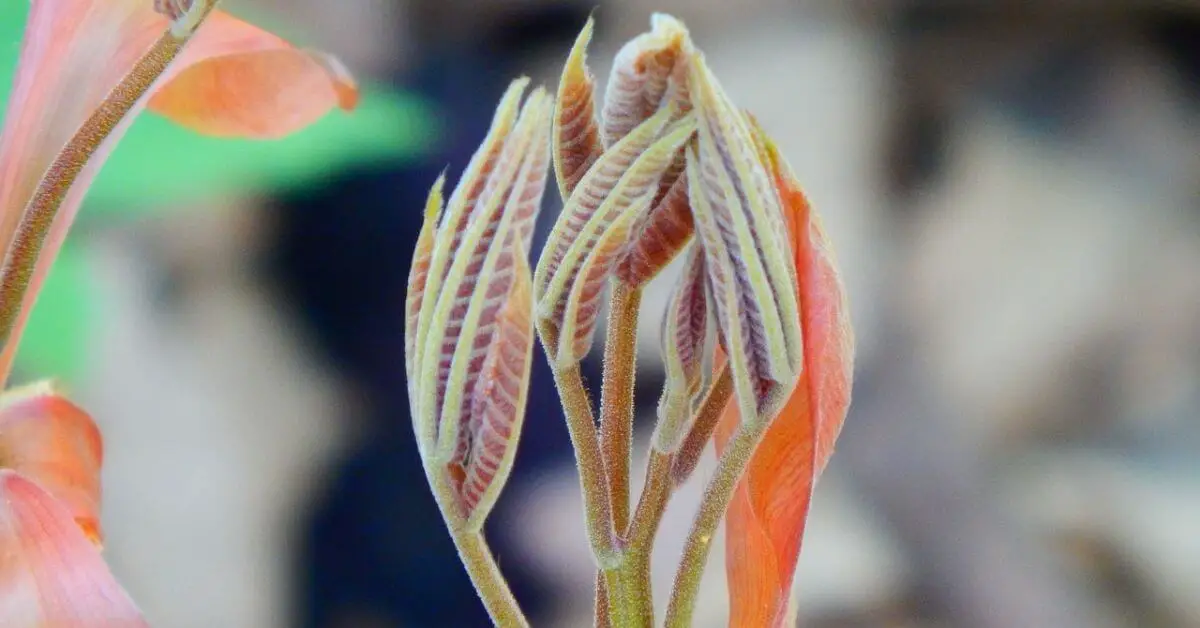Introduction
Bitternut Hickory (Carya cordiformis) is a medium to a large deciduous tree that is native to Eastern North America, the best growth in moist valleys. It is also called Swamp hickory. There are over 16 species of hickory, and they share some similar characteristics. Some species may have different characteristics.
Bitternut is well-known for lumber and pulpwood. It is hard and durable like Pignut Hickory. Apart from lumber, it also produces nuts that are edible.
| # | Bitternut Hickory |
| Scientific Name: | Carya cordiformis |
| Native to | Eastern United States |
| Tree height | 100-130 ft (30-40 m) tall |
| Tree trunk diameter | 2-3 ft (.6-1.0 m) |
| Average Weight: | 46 lbs/ft3 (735 kg/m3) |
| Janka Hardness: | 1,500 lbf (6,670 N)* |
| Color | Medium brown to yellowish-brown |
| Rot Resistance | No |
Bitternut Hickory Uses
Flooring: Bitternut hickory is a durable, strong, and hard species. This is a great option for making floors. Because its hardness is good but less than pignut Hickory. Bitternut flooring is less prone to scratches and dents.
Tools handle: All species of hickory have shock-resistant properties. That’s why it is the perfect wood for making handles of tools. Because of its elastic properties, It can easily withstand shocks.
Pulpwood: Bitternut Hickory has usually straight grain and greater strength. So it is a good option for making pulpwood (Timber for use in the production of paper products).
Other Uses: Furniture, sporting goods equipment, and industrial applications.
Grain pattern
The grain of Bitternut Hickory is usually straight, occasionally wavy. The pores are of medium size and open but the density is medium.
Bitternut Hickory Wood Color/Appearance
Heartwood tends to be light to medium brown, with a reddish hue and sapwood is a paler yellowish-brown.
Bitternut Hickory Tree Identification
Tree
A Tree is about 100-130 ft (30-40 m) in height and the trunk diameter can be 2.50 to 3.50 ft. It is a fruit-bearing tree with a relatively narrow crown.
Nut/fruit

The nuts are small and elliptical, they appear in autumn. The length of its fruit is about 1 to 2 inches long. The shell shape is flat and oblong. Fruit displays in September–October.
There are four ridges on the husk. Inside the cover, there is a sweet, light brownish-yellow nut. after completely drying, the outer shell naturally splits into 4 equal parts.
Bark
The bark of a young tree is smooth and silvery brown while with age it becomes gray with shallow grooves. It has large strips of peeling bark. Bitternut hickory bark is eaten by other wildlife.
Leaf
The hickory tree has 9 sharply pointed, separated edged, hairless, dark green, and shiny leaflets. It is 6–9 inches long. The leaves turn reddish-yellow with age.
Flower
Male and female flowers come on the same tree and are borne separately on the same branch. Male flowers are 3 to 4 inches long and yellowish-green with 3 hanging from one stalk, usually emerge before female flowers. Female flowers are tiny, It can be easily recognized. Flowers bloom in spring.
Is Bitternut hickory wood rot resistant?
It is not rot-resistant, it is very susceptible to insect attack. Therefore it would be better to use it above ground. External applications require regular maintenance. It can be made to last for a long time by painting and polishing.
Can You Eat Bitternut Hickory Nuts?
Yes, Bitternut hickory nuts are edible but their taste is somewhat bitter. The nut can also be candied, crushed into flour.
Is Bitternut hickory good for firewood?

Yes, it is the best wood for burning. It is even hotter than many hardwoods. The best part of bitternut is that it splits fairly easily, smells great, doesn’t smoke or spark. It has a high BTU value (26.5 per cord), so it generates high heat and due to the great density of wood, it burns for a long time.
Is Bitternut hickory wood toxic?
No, Hickory is not toxic to humans and animals in any way. But if you are allergic to dust, then any kind of wood dust can cause problems. That’s why you should cover your skin and wear glasses while working.

